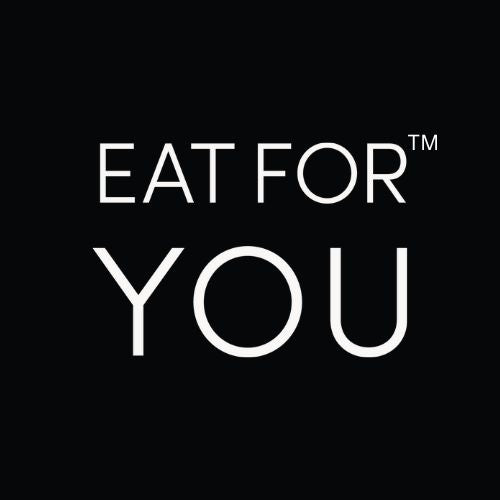Just 2 Brazil Nuts a Day They Say.....
Share
Why Selenium Still Matters—And Why We Tested the Brazil Nuts
Selenium is one of those trace minerals that rarely makes headlines—but it should. It plays a quiet, critical role in human health. You don’t need much, but what you do need really matters. It helps regulate your thyroid, supports your immune system, protects your cells from damage, and plays a role in reproductive health and heart function.
We’re told again and again that the easiest way to get selenium is to eat Brazil nuts. Just two a day, they say, and you’re sorted.
But is that really true?
We weren’t convinced. So we put it to the test.
Like most in the food industry, we started with the accepted data. According to food composition databases and pack labels, Brazil nuts contain high amounts of selenium. So when we formulated our choc + orange hero bar, we were expecting to deliver 100% of your recommended daily intake (RDI) of selenium in a single bar.
But when we ran our first lab tests on the bar, the results came back with no detectable selenium at all.
Cue confusion. Cue a call to the lab. But the lab stood by the results. So we dug deeper.
We sourced five different samples of Brazil nuts: four from supermarkets, and one from our manufacturing team. We sent 50g of each to a NATA-accredited lab, to analyse their selenium content.
The results? Eye-opening.
Three of the five brands claimed a selenium content on their nutrition panels. But in every case, our lab results came back lower than what was claimed. The other two didn’t provide any selenium information at all.
In fact, based on our test results, to meet the RDI of selenium (60µg/day), you’d need to eat 7 to 21 Brazil nuts per day—not 1 to 2, as commonly suggested.
If Brazil nuts are your main or only source of selenium, and you're eating just two a day based on the belief that it's "enough," you might be unknowingly heading toward deficiency.
And yet—here’s the kicker—selenium can also be toxic in high doses. One packet we tested claimed selenium levels that, if true, would push your intake over three times the safe upper limit (400µg/day) if you ate 21 nuts.
That’s the kind of misinformation that can put people at real risk.
Nutrition panels should reflect what’s actually in the food—not what a generic database says, not what was true in a past batch, and not what someone wishes was still accurate.
At Eat for You, we test every single production batch of our food. Not just once. Not just when it’s convenient. Always. Because we don’t believe in relying on assumptions.
We don’t add synthetic vitamins or minerals to make up the numbers. We choose ingredients that should be nutrient-dense, and then we test them to make sure they actually are. If they’re not, we tell the truth and find another way.
Because you deserve to know what you’re really eating.
Initially, we thought we were too small to influence our Brazil nut supply. But small doesn’t mean powerless. We now work directly with a supplier in Brazil to source certified organic Brazil nuts with consistent, measurable selenium content.
And yes, we still test every batch.
Each bar has a QR code on its packaging that takes you directly to the nutrient data for your specific batch. Because transparency shouldn’t be optional. It should be standard.
Start asking questions. Ask your favourite brands if they test their ingredients. Ask where their data comes from. Ask if their nutrition panels reflect the actual food in your hands.
Most won’t. That’s where you come in.
Tell people what we’re doing at Eat for You. Share this story. Push for better.
The more people demand integrity in food, the more the industry will have to listen.
